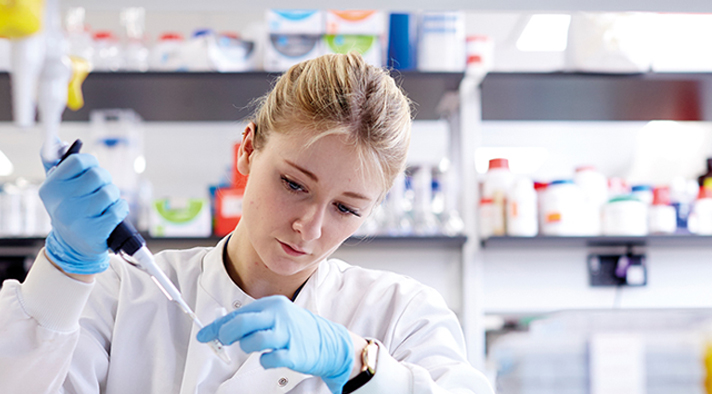Neonatal jaundice is one of the most common problems encountered by paediatricians. Up to 60% of term infants may have clinical jaundice in the first days of life, but few have significant underlying disease. The challenge for the clinician is to determine when clinical jaundice needs further evaluation. Jaundice in the new-born period can be associated with serious illnesses such as hematologic disorders, metabolic diseases, endocrine diseases, infections, and diseases of the liver or the biliary tree. It is critical to know when to pursue an evaluation and to know what tests to order. Almost all jaundice in the first days of life is due to indirect bilirubin and is a physiologic self-resolving problem. Physiologic hyperbilirubinemia develops as a combination of increased bilirubin production, decreased ability to eliminate bilirubin, and a significant enterohepatic circulation of bilirubin. On a per-kilogram basis, the average new-born produces almost 2.5 times as much bilirubin as an adult. At times, the paediatrician is presented with a neonate who warrants further analysis, thus the need to approach the problem expeditiously.
ISSN: 2582-6425
Peer Review and Open Access Journal
Impact factor and Indexing Journal




